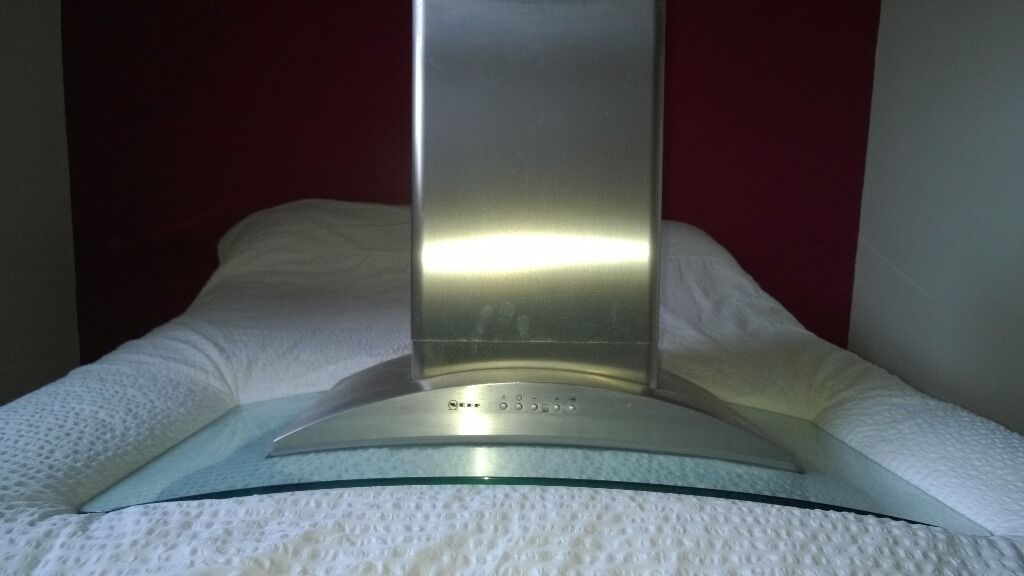I'm replacing the 12v 20W halogen light fittings in my cooker extractor hood (which in contrast to the build quality of the rest had a poxy plastic surround which, after 10 years has gone). I've found suitably shaped 3W LED units, which are specified to be driven from 12v DC. The transformer output is 13.4vAC so it is up to 19v if I full wave convert it.
I'm assuming I'm going to have to convert to DC, otherwise the flickering is going to be too distracting.
I'm trying to decide whether to use a zener or a voltage regulator, I'm going to make one for each side so each only has to provide about 250mw, I thought I would design in for 500mw. Found some circuits for both online, but suggestions welcome.
The hood is this one, so any wires from one side to the other will have to cross the middle section, where there are likely mains voltages, hence the two converters. There's enough room in the boxwork for components, but it will be enclosed so no heat dispersion.

And the lights can be seen in this
